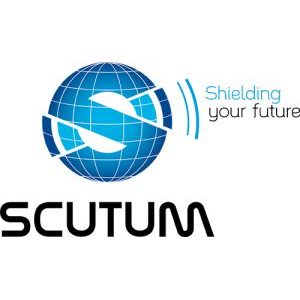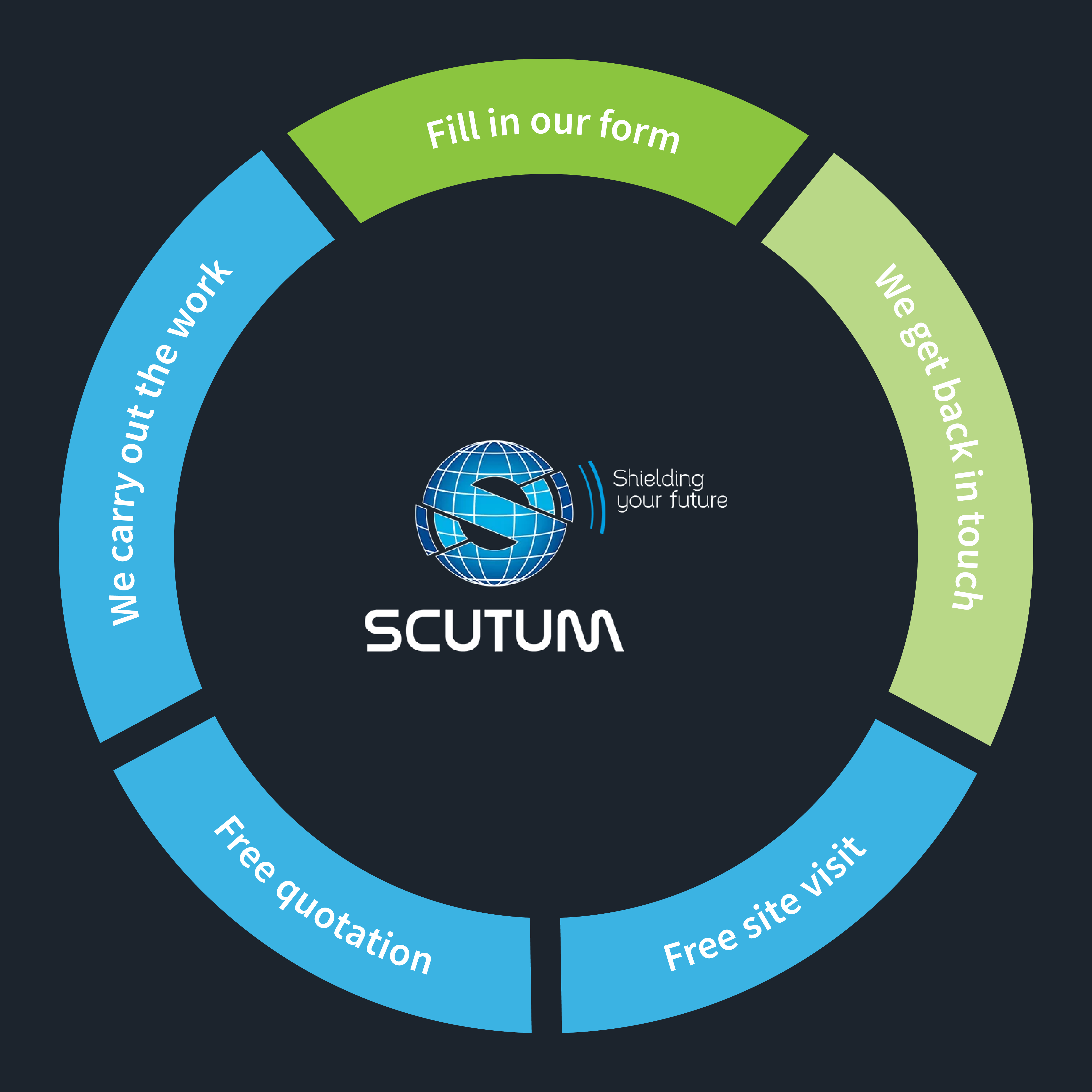A Comprehensive Fire Escape Checklist
Laws and Regulations
If you own or manage a commercial environment, you have a legal responsibility to ensure that the building – and everyone within it – is as safe as possible from the threat of fire. This includes planning and regularly practicing an evacuation. A successfully implemented, well executed fire escape procedure is vital and will greatly reduce the risk of injury or harm in a fire.
As part of the Regulatory Reform (Fire Safety) Order 2005, the ‘responsible person’ within your commercial environment must plan for an emergency. This means planning an evacuation, installing any necessary fire safety measures (such as fire safety signage and emergency lighting) and then providing staff with the safety information, instruction and training necessary to conduct an evacuation effectively.
Planning an Evacuation Procedure
When planning an evacuation, you must consider the specifications of your particular environment, such as the number of people who work there and the number of available escape routes. All exit ways should be clear and unobstructed and the routes people must take should be obviously marked and as direct as possible.
Emergency escape doors should be installed and be fully operational, opening easily to aid a swift evacuation. Additionally, if emergency lighting is required in your environment, this should be fitted and in full working order.
You should also consider the needs of anyone who may be particularly vulnerable in an emergency escape, such as the elderly, children and anyone with a disability, making special arrangements where necessary to ensure they can safely evacuate.
Evacuation Procedure Checklist
Our fire escape checklist is designed to make planning and conducting a fire drill as simple and straightforward as possible. An important part of fulfilling your legal obligations, a fire drill should be conducted at least once a year (more often in environments such as schools and nurseries) and there are a number of things that must be done before, during and after the drill to ensure a real evacuation in an emergency situation would be as safe and successful as possible.
Before the evacuation:
- Make sure everyone is aware that a fire drill is going to take place. You should notify them of the time the drill is scheduled for, what they will be expected to and that their participation is a legal requirement.
- If your business is particularly large, or is based across multiple locations, you should nominate a senior member of staff from each location to act as a fire safety warden or drill observer. It is their job to then assess the efficacy of the evacuation, noting any issues that need to be remedied.
- If you know there are likely to be visitors within your premises at the time of a drill, you should also warn them of its occurrence. If this isn’t possible, try to arrange a fire drill during times when there are as few visitors present as possible.
During the evacuation:
- The ‘responsible person’, as well as any nominated fire safety wardens or drill observers, should closely assess the actions of everyone participating in the evacuation. They should pay close attention to any actions or behaviours that would be unsafe or inappropriate in a real emergency, such as stopping to collect personal belongings or re-entering the building before being told it is safe to do so.
- If there are people within your commercial premises who have a disability, you must make sure they are able to safely and easily evacuate. Any problems they face – such as not being able to hear the alarm or not being able to get down the stairs – must be noted and subsequently remedied.
- Every escape route should be closely monitored during an evacuation in order to make sure it is safe and fit for purpose. This includes making sure nothing is obstructing the pathway and that evacuation equipment, such as emergency exits and lighting, are in full working order.
- A roll call must be taken once everyone within the premises has evacuated. Anyone who is not there should be noted.
After the evacuation:
- Once the fire drill has been completed, all the results and findings should be recorded. Any issues that arose throughout the drill should be included in this documentation and the results must be kept as part of your evacuation and fire safety plans.
- If the drill reveals there are issues – such as ineffective escape routes, faulty equipment or personal mobility issues – these must be remedied and resolved immediately.
Click here to download the print friendly checklist
Protect your staff and visitors from the dangers of fire by making sure that your fire doors, emergency lighting and fire safety signage are up to standard and helping them to escape safely.
Get in touch with the experts at Scutum London now to find out more.
Request a Callback
Just fill in your details below and we'll get back to you as soon as we can!

About Scutum London
Scutum London is a leading expert in fire safety and security solutions for businesses and organisations located across South East England, including London and Surrey.
From fire alarms, fire extinguishers and fire risk assessments to access control, CCTV and intruder alarm systems – and a lot more besides – we offer a comprehensive range of products and services designed to keep you, your business and your staff and visitors safe.
With decades of industry experience to call on, we’re proud to hold accreditations from leading trade associations and bodies such as British Approvals for Fire Equipment (BAFE), the British Fire Consortium, the Fire Industry Association (FIA) and Security Systems and Alarms Inspection Board (SSAIB).
If you’d like to find out more about Scutum London, get in touch with our friendly team or explore our products and services on our site.

